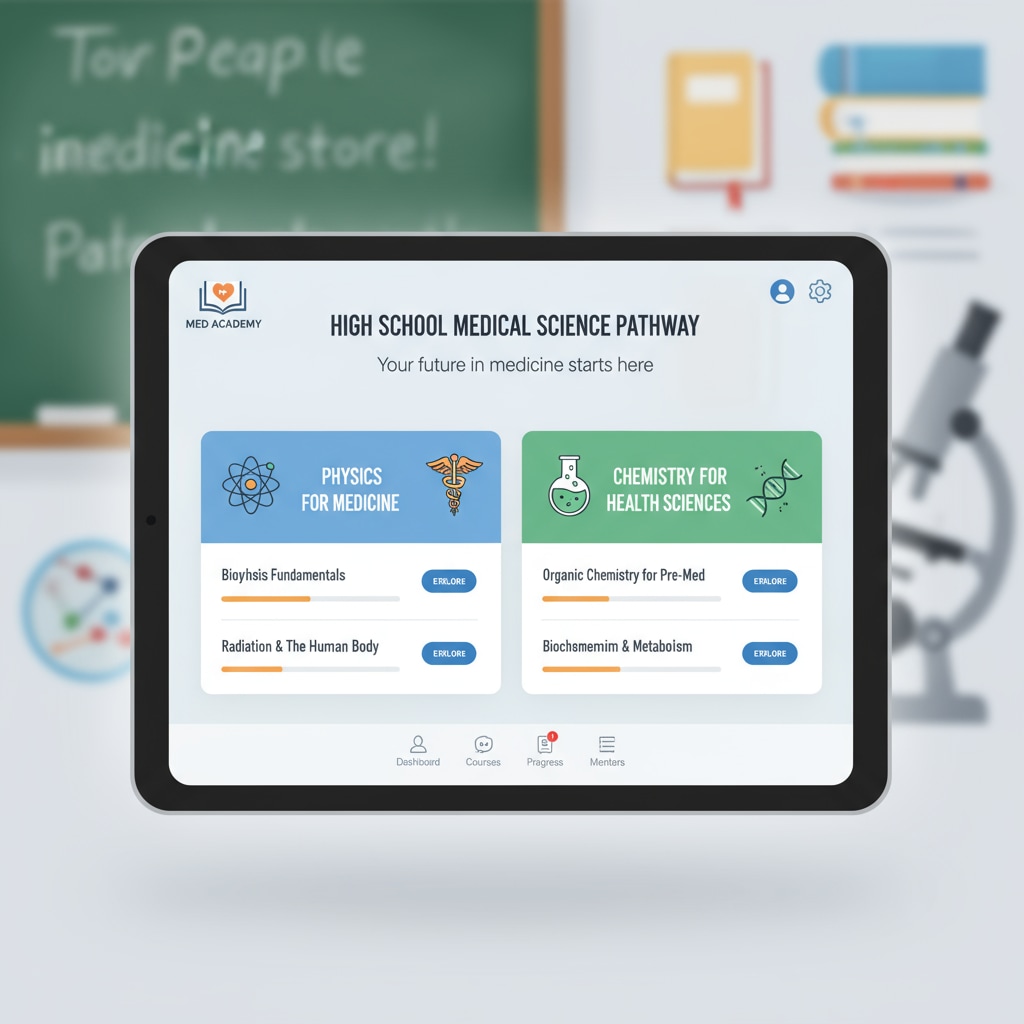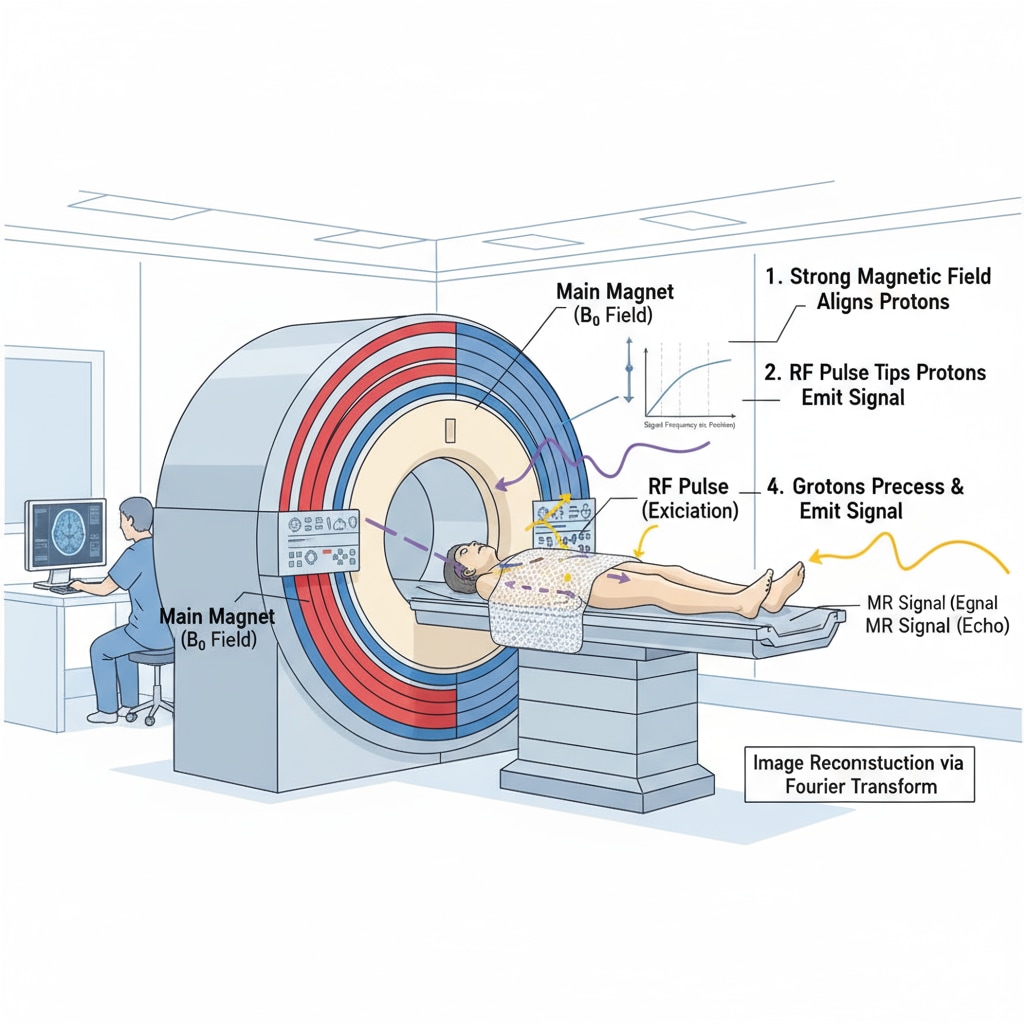High school students interested in the medical field often encounter a challenging decision when it comes to online learning: choosing between physics and chemistry. These two subjects play crucial yet distinct roles in the medical domain.

As they embark on this journey, understanding the nature of each subject and its alignment with their career aspirations is essential.
The Significance of Physics in the Medical Field
Physics provides a foundation for understanding many medical technologies. For example, in radiology, principles of electromagnetism and radiation are applied. X-rays, CT scans, and MRI machines all rely on physical concepts. According to Wikipedia’s page on Medical Physics, medical physicists use physics knowledge to develop and improve these imaging techniques. In addition, physics is also relevant in areas like biomechanics, which studies the mechanical forces acting on the body. This knowledge helps in designing prosthetics and understanding how the body moves.

The Role of Chemistry in the Medical Field
Chemistry is fundamental to understanding the human body at a molecular level. Biochemistry, a branch of chemistry, explores the chemical processes within living organisms. It helps in understanding how drugs interact with the body, as explained on Britannica’s page on Biochemistry. Pharmacology, which is closely related to chemistry, is crucial for developing new medications. Moreover, chemical analysis is used in medical laboratories for diagnosing diseases through blood and urine tests.
When making a decision, students should also consider their personal interests. If they are more fascinated by the inner workings of the body at a molecular level, chemistry might be the better choice. However, if they are intrigued by the technology behind medical imaging and the mechanical aspects of the body, physics could be more appealing.
Readability guidance: By clearly presenting the significance of each subject and using external references, we aim to provide students with a comprehensive understanding. Short paragraphs and the use of examples make the information more accessible. Transition words like “however” and “moreover” help in guiding the flow of the article.


